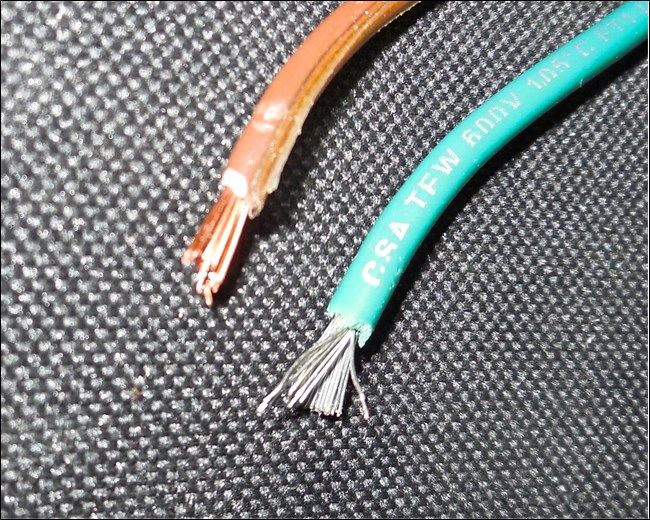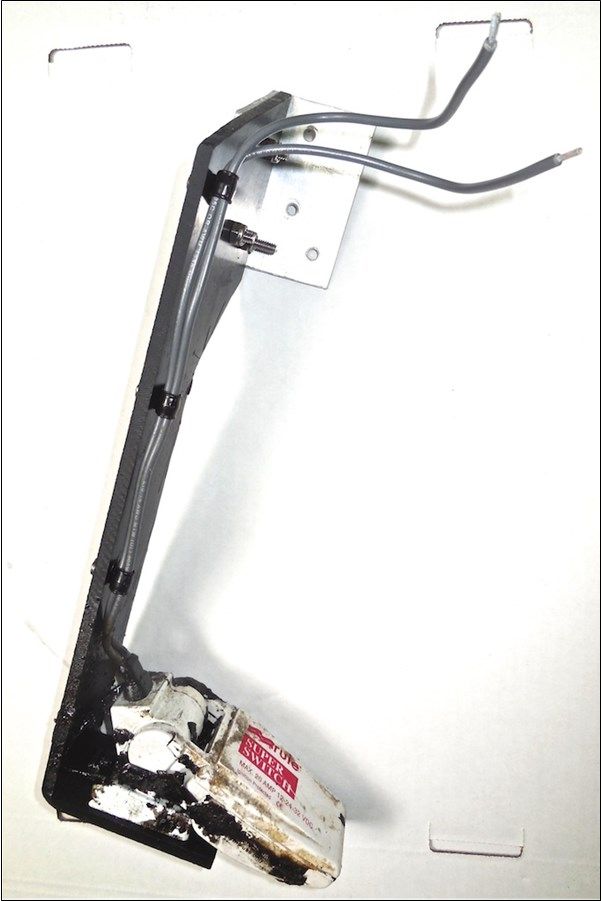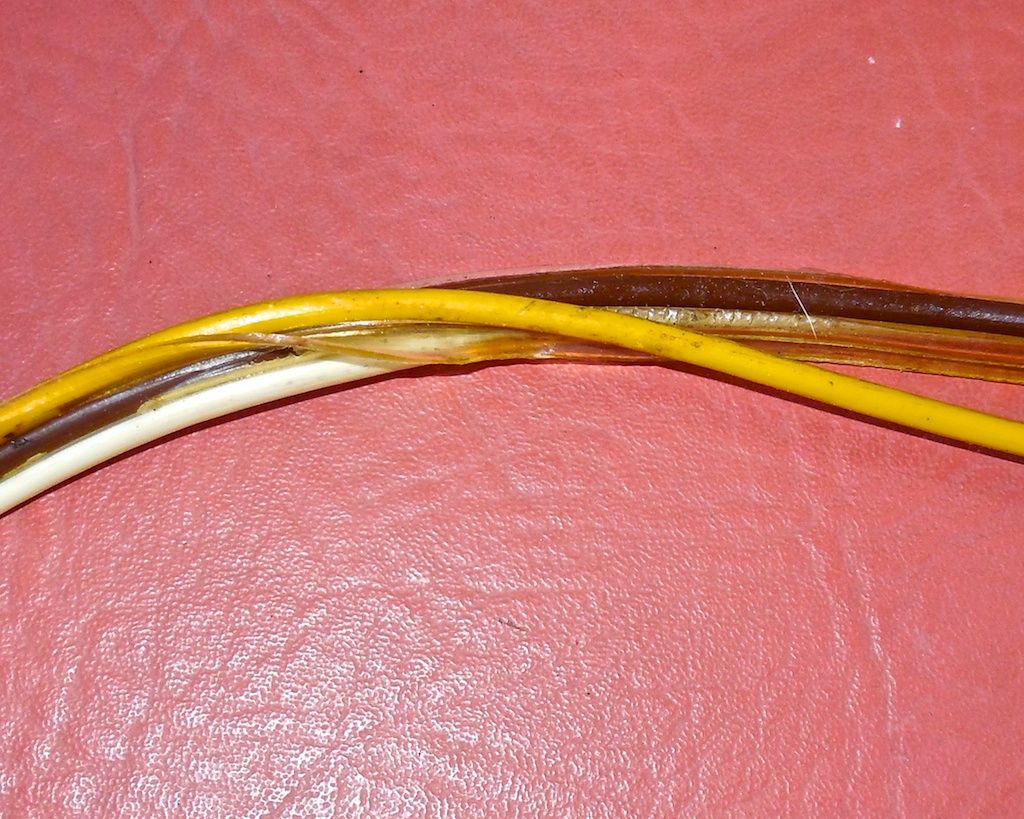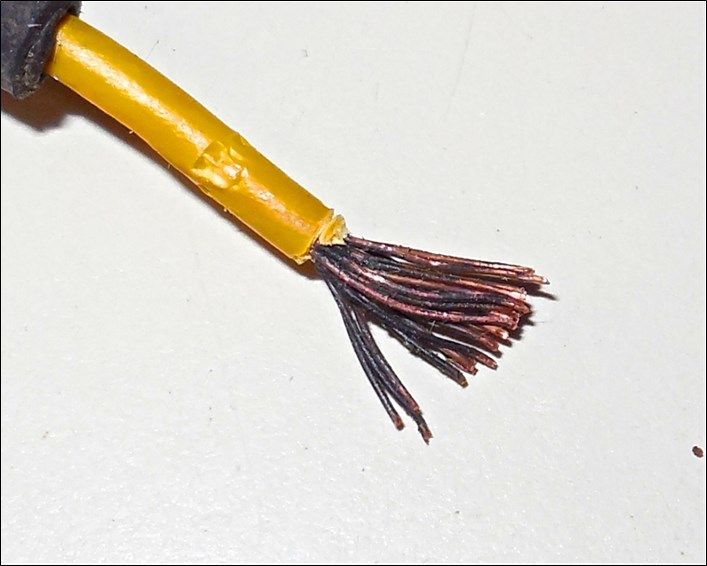Keeping the Water Out of the Boat
--Blog post written by Bob
There is no function more important on a boat than keeping the water out. A bilge pump helps to keep the water out--I say "helps" because any pump has a limit in terms of what it can handle. My primary (Rule brand) bilge pump is rated at 2000 gallons per hour--very typical for a 38-foot fiberglass boat. (My back up bilge pump is manually operated from the cockpit--each stroke of the handle removes about one gallon of water from the bilge. If a person was able to make a full stroke every 2 seconds for an hour, 1800 gallons could be removed in one hour. This would take a very strenuous effort though.)
 |
| The bilge is the second smelliest area on a boat, mostly because of the dying small sea critters that enter the boat with the occasional seawater leakage. |
Where Does Bilge Water Come From?
The bilge collects liquids from a myriad of different sources. There is some minor leakage of seawater from the shaft seal where the propeller shaft exits the hull. Every time I clean the speed transducer, salt water comes until until I get the plug in place and then again when I reinstall the transducer. Very small topside leaks allow some rainwater to find its way to the bilge. Condensation from our air conditioning unit is another source of water entering the bilge--this creates a nasty smell. I'm sure there are some small fresh water leaks from our water tanks and plumbing too. When changing oil in the engine there is some minor oil leakage that finds its way into the bilge, despite normal procedures (using absorbent pads) to avoid it. Topping off the glycol reservoir for the engine cooling usually involves some spillage and this eventually finds it's way to the bilge.
Why Doesn't the Float Switch Work?
On S/V Rainy Days, the bilge pump has provided good service--I just replaced it earlier this spring after about 15 years of service. However, I have had continual problems with the float switches--they have had to be replaced every one to three years. At the end of this past weekend of sailing I noticed that the bilge level was higher than normal. A quick check proved that the float switch had stopped working again. (I could operate the pump by manually turning on the toggle switch at the panel but the float switch would not turn on the pump when the bilge level rose.) So, I pulled up the floorboards above the float switch, tried to jiggle the switch but it still didn't work--so, I removed the switch mount, snipped the wires, and brought the float switch home to check it out.
I'm glad I checked the float switch because it was working fine--the problem must be in the wiring to the float switch! (Could past problems been a wiring issue as well? I don't recall ever checking the old float switches that I have pulled from service.) Since this has been a relatively frequent problem (the float switch not working), I decided to replace all the wiring.
Old Wiring
The old cable was a 3-conductor cable with the old wire color code (black, brown, and yellow). (The newer color code is black, green, and white for 3-conductor marine cable.)
All New Wiring
Based on the Ancor wiring sizing chart (and using the 10% voltage drop data), 14 AWG wire size will safely handle about 10 amps up to 40-feet wire length. The bilge pump is rated at 8.4 amps at 12 volts. The actual round trip wire length is approximately 34 feet. So, 14 AWG is the correct size for this application.
 |
| The major change with the new wiring is in using high-quality tinned copper wire. The brown wire (left) shows un-tinned copper wire while the green wire (right) shows tinned copper wire. |
Four new wiring connections had to be made in the bilge area. On all four connections, I used (Anchor brand) crimping sleeves, applied with professional crimping pliers. Before inserting the wire into the sleeve I coated it with a silicone dielectric--and I used 3-inch long heat shrink sleeves over the outside of all connections to keep the connections leak tight. Together with the new tinned wire, this is quite an upgrade and hopefully won't have to touched again anytime soon.
This project took about 4 hours and less than $50 in material costs to complete.
Lesson Learned
It is pretty clear now that the problem with the float switches over the years was actually a wiring disintegration issue. Every time I changed a float switch I would remake the connections in an old decaying un-tinned copper wire. It would work for a short time and then fail again. I shudder to think of all the unnecessary time and money I have spent in the past replacing float switches (and never checking further for wiring issues). I hope other boat owners can learn from my mistakes.
I have replaced most of the original wiring on the boat but there may still be a couple areas like this one that I haven't addressed yet. I need to add some rewiring to my list of boat projects!
Thanks for following our blog!



No comments:
Post a Comment